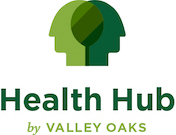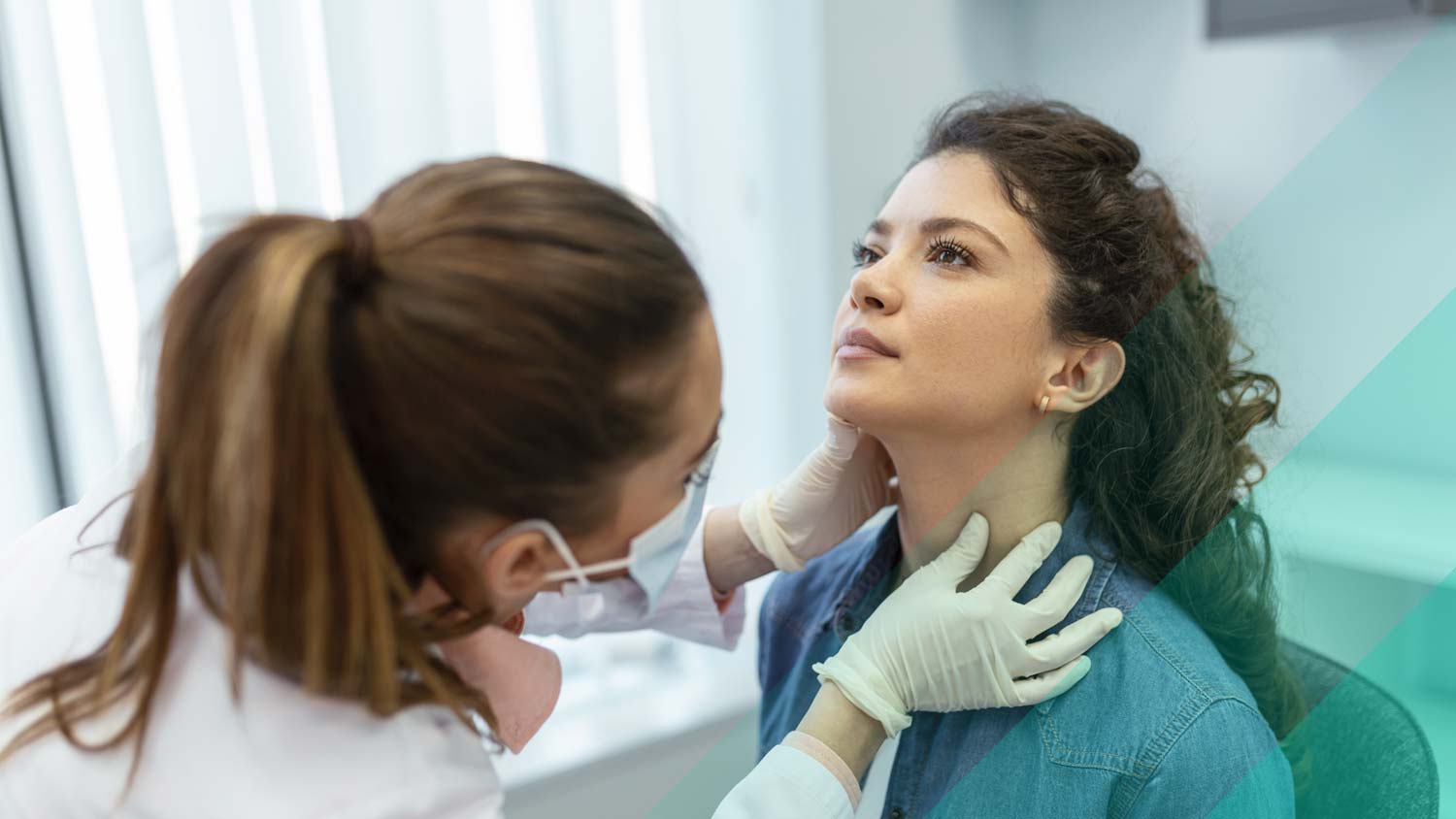Research shows that physical activity sparks real, positive changes in the brain that increase attention and improve mood. What’s more, exercise is an inexpensive, self-prescribed, and accessible supplemental treatment option for adults and children with ADHD.
“Think of exercise as medication,” says John Ratey, M.D., an associate clinical professor of psychiatry at Harvard Medical School. “For a very small handful of people with attention deficit disorder (ADHD or ADD), it may actually be a replacement for stimulants, but, for most, it’s complementary — something they should absolutely do, along with taking meds, to help increase attention and improve mood.”
While most of us focus on exercise as a way to trim our waistlines, the better news is that routine physical activity firms up the brain — making it a simple, alternative ADHD treatment. “Exercise turns on the attention system, the so-called executive functions — sequencing, working memory, prioritizing, inhibiting, and sustaining attention,” says Ratey, author of Spark: The Revolutionary New Science of Exercise and the Brain (Little, Brown). “On a practical level, it causes kids to be less impulsive, which makes them more primed to learn.”
The latest news about exercise and ADHD is that it helps kids with the condition push through past failures and attack things they didn’t succeed at before. “The refrain of many kids with ADHD is, ‘No matter what I do, I’m going to fail,’” says Ratey. “Rat studies show that exercise reduces learned helplessness. In fact, if you’re aerobically fit, the less likely you are to learn helplessness.”
So how, exactly, does exercise deliver these benefits to the ADHD brain? When you walk, run, or do a set of jumping jacks or pushups, your brain releases several important chemicals.
Endorphins, for one, hormone-like compounds that regulate mood, pleasure, and pain. That same burst of activity also elevates the brain’s dopamine, norepinephrine, and serotonin levels. These brain chemicals affect focus and attention, which are in short supply in those with ADHD. “When you increase dopamine levels, you increase the attention system’s ability to be regular and consistent, which has many good effects,” explains Ratey, like reducing the craving for new stimuli and increasing alertness.
You don’t have to be a marathoner, or even a runner, to derive benefits from exercise. Walking for 30 minutes, four times a week, will do the trick. “Get your child involved in something that he finds fun, so he will stick with it,” suggests Ratey. Team activities or exercise with a social component are especially beneficial.
Studies have also found that tae kwon do, ballet, and gymnastics, in which you have to pay close attention to body movements, tax the attention system. “A very good thing for kids and adolescents with ADHD,” says Ratey.
More schools are including exercise in their curricula to help kids do better in the classroom. A school in Colorado starts off students’ days with 20 minutes of aerobic exercise to increase alertness. If they act up in class, they aren’t given time-outs but time-ins — 10 minutes of activity on a stationary bike or an elliptical trainer. “The result is that kids realize they can regulate their mood and attention through exercise,” says Ratey. “That’s empowering.”
Originally posted on Attitude Mag







